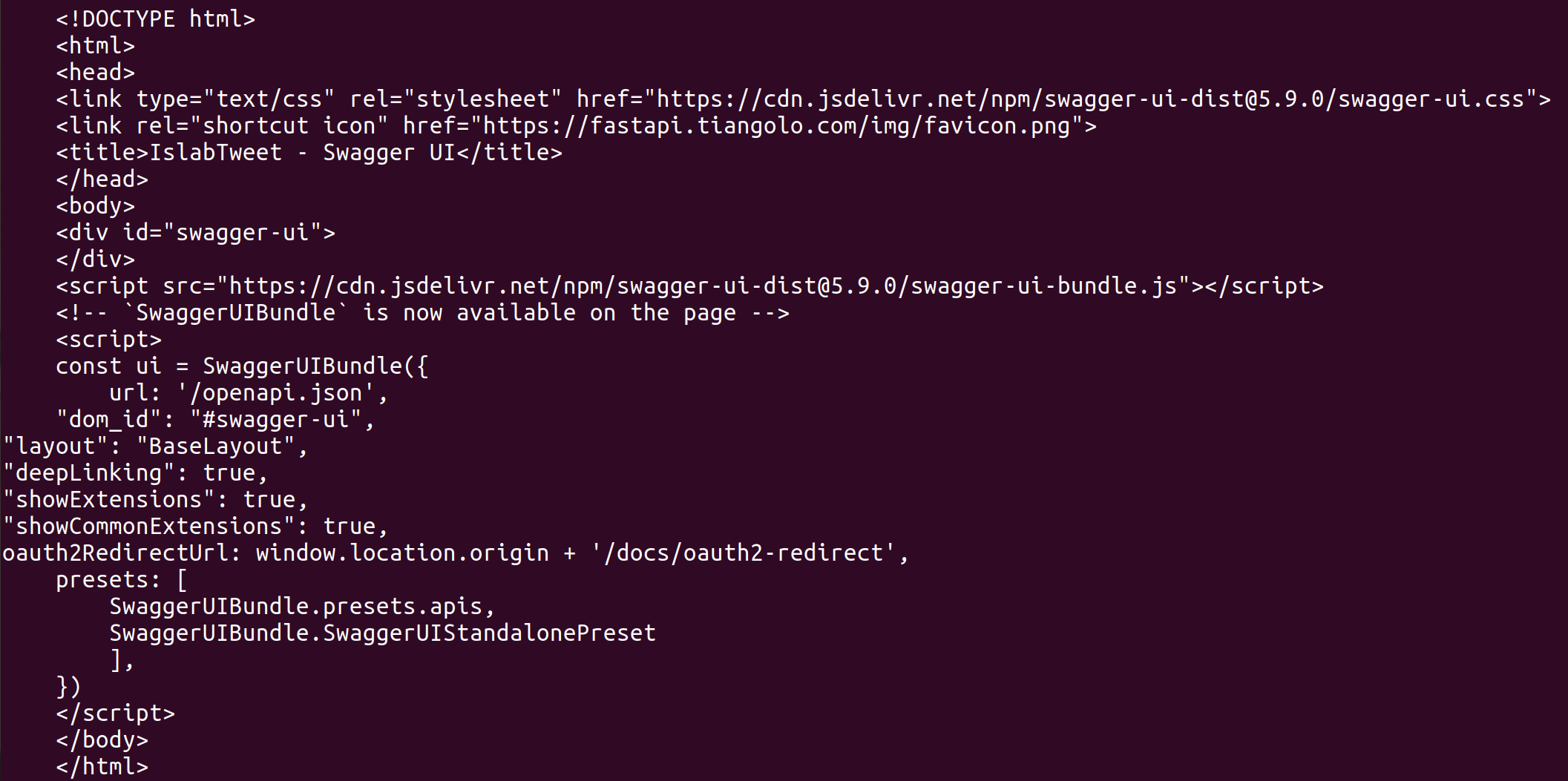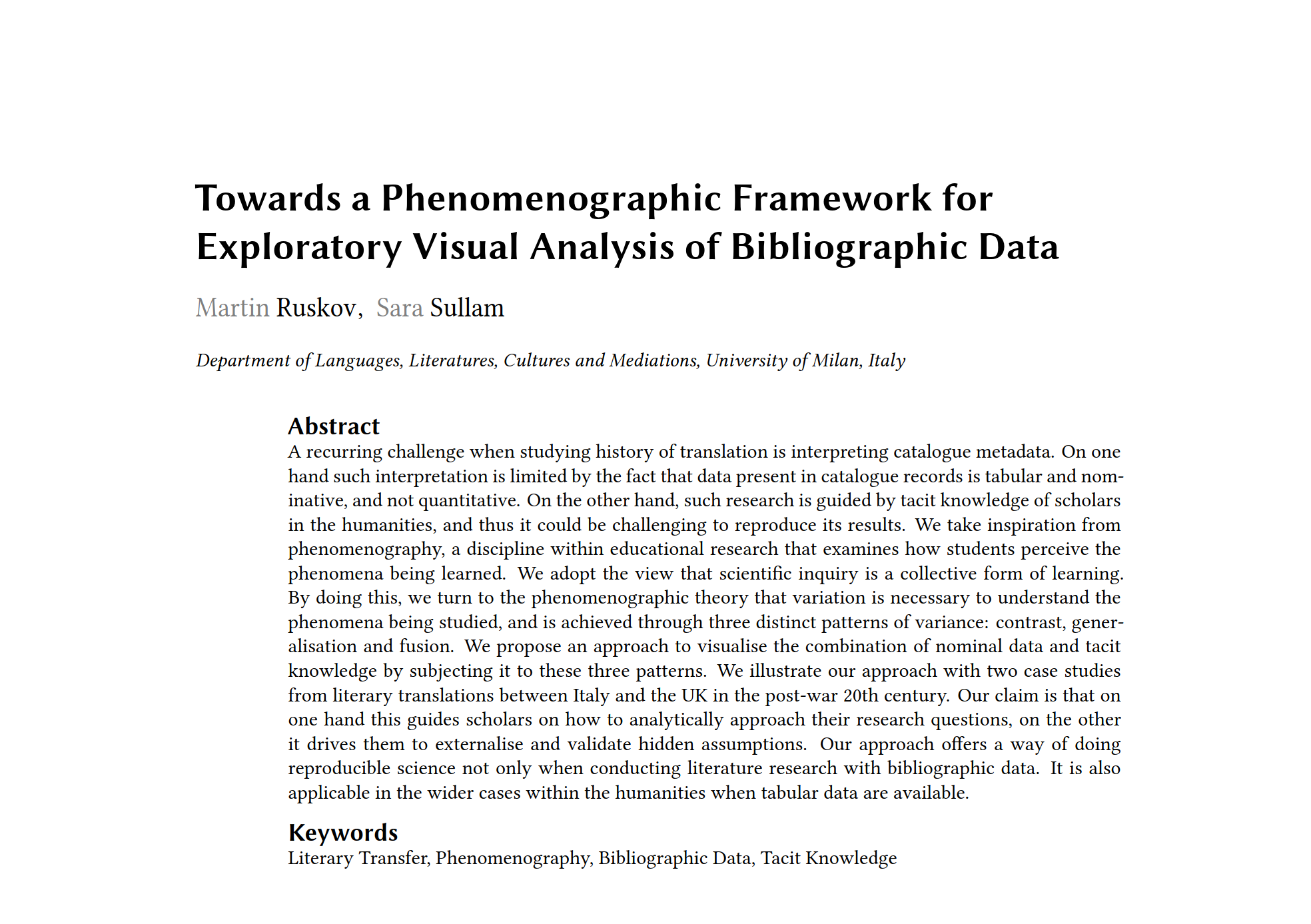Q: what do we do? A: profile and decompose. Should not be that distant as a thought
The relevance of the post to the community should be made clear by the contents of the post. As it currently stands, there are no indicators that the event would have any influence on Iran's support for the Russian invasion.
Then there's paying attention as in comprehending, and paying attention as in internalising. The latter takes more effort and time, as it includes relating to previous knowledge. It is not as often that lecturers manage to guide students to think along.
I guess when taking notes, it is beneficial if you manage also to abbreviate and summarise. This is another skill that should be acquired at university.
Heh, when it rains, it's certainly capitalism's fault. This ways one doesn't have to solve individual problems, just dream of abstract revolutions
Isn't it dangerous to identify untruth with falsehood? Or is it just clickbait headlines? There's an implicit positivist assumption here anyway.
“Our entire epistemology of science and research relies on the chain of footnotes,” explains author Martin Eve, a researcher in literature, technology and publishing at Birkbeck, University of London. “If you can’t verify what someone else has said at some other point, you’re just trusting to blind faith for artefacts that you can no longer read yourself.”
Isn't this the natural state of things for the unprivileged majority of us that in the reality of publisher paywalls do not have access to the riches of Anglo-American research centres? Apparently Eve doesn't know that libraries in the most of the world still struggle with paying fees to Springer. As a consequence, researchers in affiliated institutions do not have access to the corresponding published content.
I keeps amazing me how one could criticise capitalism and still talk exclusively in terms of capitalism.
Not a single word of the accelerating extreme deforestation of the world's forests all over the planet. And this is just an example. The same holds about drilling and plastics, about industrial farming, construction,... I don't care if they are profitable. They're just aggravating the problem and there are alternatives that reduce the problem. These need to be enforced, regardless whether they are profitable (some of them are, but they still don't overtake the problematic ones). We don't have collective enforcement and we need it. Call it green new deal if you want, call it anarcho-communism, whatever. As long as it is just theory and no practice, it's pointless.
Politics and growth are irrelevant if they are so detached from the problem.
The way you put it, it sounds that you have issues with the language. I can relate to that, but JS is what browsers understand natively. Probably using TypeScript is a good alternative, as static typing helps you keep afloat as the project grows.
As for Phaser itself (can be used with TypeScript), it depends what kind of game you're making. Even older versions of phaser have the typical programming affordances to make 2D games like assets and physics. Having said that, it's fair that other engines have visual editors, and possibly more tutorials and other resources.
But yes, phaser is hardly HTML, so weird choice for the course.
In both XML and JSON you have lists and embedding hierarchichies (I use this term to abstract away from dictionaries/maps which are not exactly represented in XML). These allow for browsing/iterating and filtering when after a particular node.
One difference is that nodes in XML are named (tags). Another thing that you have in XML and not in JSON is attributes. A good example of their use is querying by tag name, node id or class attributes in HTML (which is a loose example of XML). To do the equivalent in JSON, you need to work with keys and values which are less structured and (arguably as consequence) often missing such meta-data. HTML is a popular example, but pretty much any XML has ids and other meta tags and attributes. JSON standards typically don't and it's a long separate topic whether this is due to the characteristics of the format itself.
PS: another big difference is that XML also allows for comments, which allows to also encode intent, not only content.
Actually XPATH is arguably more flexible than JSON. There's also jsonpath, but I don't think I've seen it meaningfully used


Your seem to insist to twist this towards vegan wars, but this is you. It's not the graphics, it's not me.